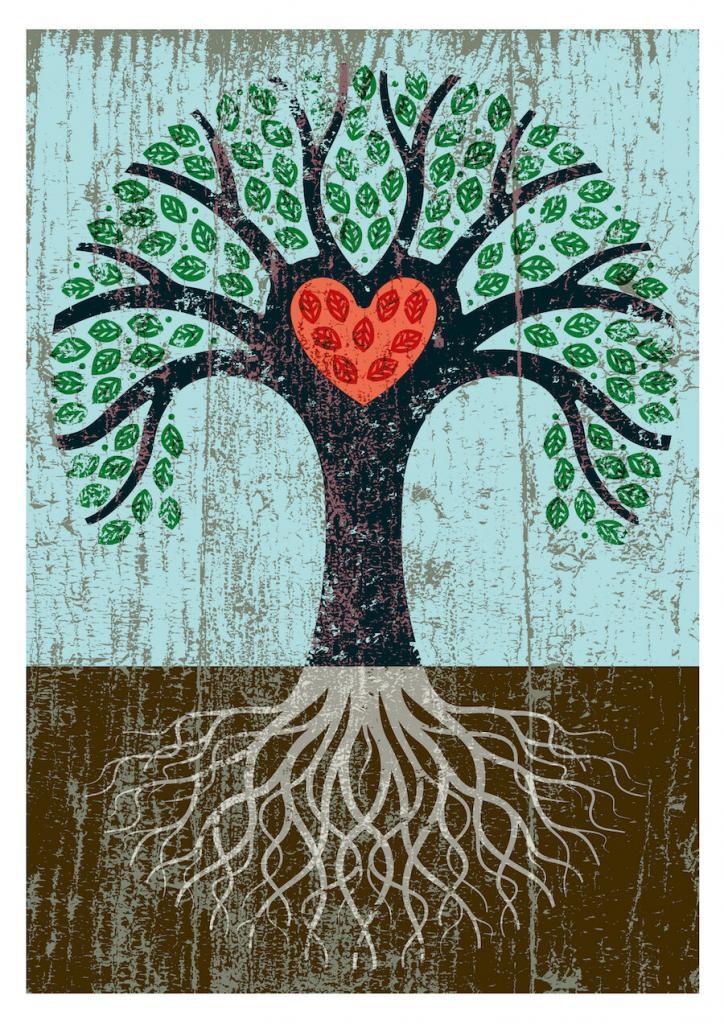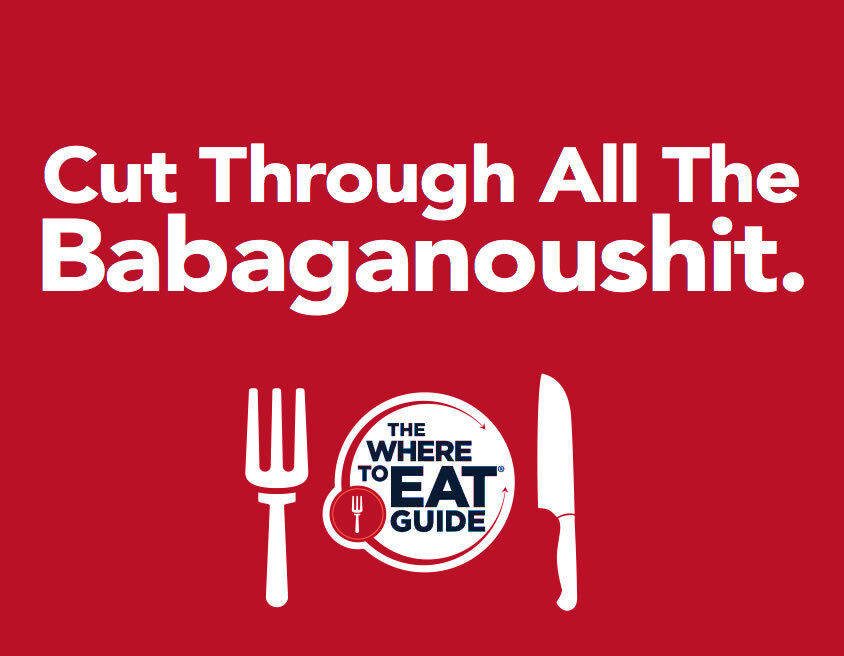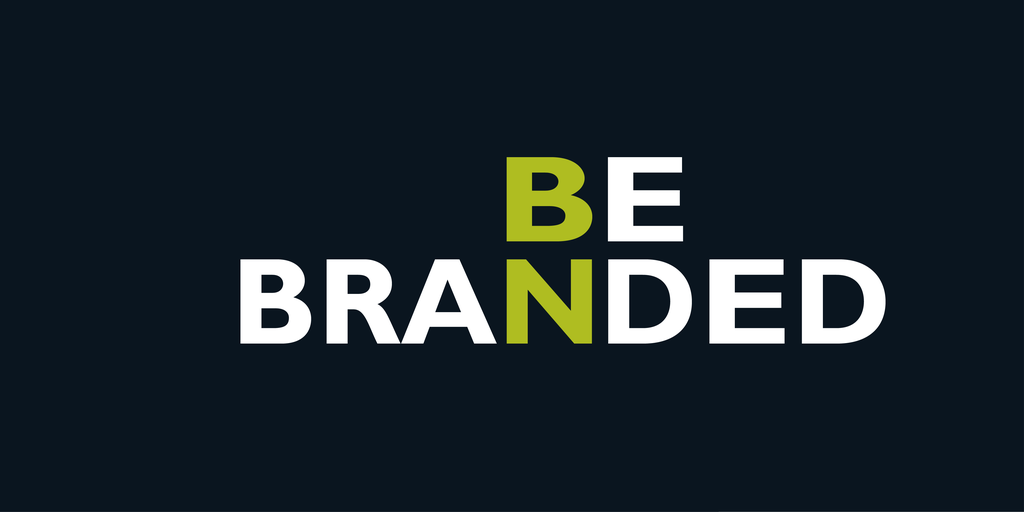![]() You say tomato, I say tahmahto. He says branding, she says marketing.
You say tomato, I say tahmahto. He says branding, she says marketing.
No doubt, the language of marketing and branding can be very confusing. It has been for more than 50 years…
An article in the Journal of Marketing way back in 1969 cited a clear problem with the imprecise, vague and misleading language of marketing.
“There is a plethora of fuzzy terms, contradicting definitions, and definitions that are not explicit enough… People have many different meanings for the same word.”
And it’s way worse now that we have so much questionable content floating around on the internet. What branding is, and branding is not, seems to be a subject of some debate.
Every advertising agency, consulting firm, brand strategist, author and marketing professor has a slightly different spin on the subject of branding.
There’s brand positioning, brand personality, brand narrative, brand advertising, brand management, brand strategy, co-branding, brand experience, brand purpose, brand personality. What’s it all mean?
Is Brand a noun or a verb? What exactly is the definition of branding?
I’m going to aggregate the best branding definitions and boil them all down to provide some branding basics you can actually use in your day-to-day business. Even if you’re not in marketing.
![]()
The goal is to answer these fundamental questions:
- What exactly IS the definition of Branding?
- How is that different than Brand?
- Why should the average business owner care about either one?
- Why branding is important.
Let’s start with why…
Why should anyone who’s NOT in marketing, care about the definition of branding?
• Because branding will happen with or without you. Do you really want to leave it to chance?
• Because your competitors will kill you if they get good at it, and you’re not.
• Because the world’s most successful businesses are built on good branding fundamentals.
• Because you can’t be in business without doing branding. Of some kind.
• Because even the smallest business is a brand, of some sort. And everything you do in business is branding.
Like it or not, it all matters…
The words you choose. The way you behave. The conversations you have. The card you hand out. The promises you make. The people you hire. The values you hold dear. The values you could care less about. The vendors you choose. The companies you’re affiliated with. The money you make, or don’t make. And, of course, the experience people have with the product or service you provide.
It’s the culmination of all those little things that makes “the brand.”
Unfortunately, there’s a lot of confusion and misinformation about the definition of branding and what goes into building a brand.
For instance, one article on Entrepreneur.com says “ The foundation of your brand is your logo.” Nonsense. The logo is a symbolic reflection of your brand.
Another prominent website missed it completely when they defined branding as “The marketing practice of creating a name, symbol or design that identifies and differentiates a product from other products.”
David Ogilvy, the granddad of modern advertising defined “brand” as the “the intangible sum of a product’s attributes.”
With all due respect, that’s not right either. Ogilvy’s definition is completely product-focused.
It’s not just about your product, it’s also about the people, and their values, and the company culture, and so much more…
Branding is not, exclusively, a marketing practice. It’s also a customer service practice. A management practice. An HR practice. An R&D practice. Even a manufacturing practice. Because making a great product that people will talk about is the best form of branding.
The first thing to do is distinguish between “brand” as a graphic mark or logo, and “brand” as an overriding business concept.
Stop thinking of “The Brand” as icing on the cake that makes your business more tasty. The Brand is the whole enchilada. It’s every last ingredient, PLUS the process you use to put it all together.
When business executives talk about “the Nike Brand” with a capital B, they’re not referring to the logo or to the “Just Do It” tagline. They’re referring to something more holistic. More conceptual. And far bigger than just design or advertising.
This, from Wikipedia: “A brand is a symbolic construct created within the minds of people and consists of all the information and expectations associated with a product or service.”
“Symbolic Construct” seems a bit academic to me. How about “gut feeling.” Or “mental concept.”
Or this simplified definition, from Alan Adamson’s great book, BrandSimple: “A brand is what your product or service stands for in people’s minds. Brands live in your head… Mental associations that get stirred up when you think of a particular car or camera or watch or pair of jeans.”
Now we’re getting somewhere.
A brand is the most valuable piece of real estate in the world; the corner of someone’s mind. You need two things in order to occupy that valuable space:
- An idea.
- Trust.
Adamson, from Landor & Associates continues: “You can’t do branding unless you have a meaningful brand idea. Brand is an idea. Branding is the transmission of the idea, the signals your send”…
Your brand name is a signal. Your logo is a signal. Your tagline is a signal. Every ad you run and every social media post is a signal.
Branding is the cumulative effect of all those signals. It’s how you how you communicate that differentiated meaning, the signals people receive, and the perception in people’s minds.
It’s about associative memory, and those associations are different for every individual.
One of the best analogies for branding that I’ve found comes from Jim Stengel, former CMO of Proctor & Gamble. He likes to think of it as tree:

“Brands are living things. Like trees, they have roots that people do not see, they thrive in the right conditions and they die without care, feeding and the freedom to grow.”
Scott Bedbury, of Nike and Starbucks fame, concurs: “Brands become living, psychological concepts we hold in our minds for years.”
In Brand Warfare, David F. D’Alessandro, former CEO of John Hancock said, “A brand is whatever the consumer thinks of when he hears your company’s name. Branding is everything…”
And everything is branding…
Notable New York ad guy, Donny Deutsch, gave this definition of branding:
“Great brands present an ethos, a religion, that people bond with. They go, ‘yes, I get that. I like the way you think. We’re on the same page. Let’s go!’ ”
Your brand is a promise, both emotional and rational.
Which leads to another worthwhile distinction: The difference between the noun “brand,” and the verb “branding.”
“Some companies equate branding with marketing,” says Jasper Kunde, author of Corporate Religion. Even more equate it with design.
“Design a sparkling new logo, run an exciting new campaign, and voila, you’re back on course. They are wrong. Branding is bigger. Much bigger.”
If a brand is a set of mental associations about a company, then BrandING is the process of helping people formulate those associations.
If advertising is “getting your name out there,” Branding is attaching something meaningful to your name.
Branding is the intentional, strategic, day-to-day shaping of what people think, feel and say about your company. Internally and externally.
Branding is a never-ending effort to conduct business in a way that will result in a better “brand”. It goes way beyond advertising or marketing communications. Because what you SAY does not carry as much weight as what you DO.
Branding is really about doing the right thing. It’s getting people in your niche talking about you and your company.
In The Best Of Branding, James Gregory said: “A corporate brand is the product of millions of experiences, with vendors, employees, customers, media, etc.”
If you’re doing right by all those people, your “branding” efforts will pay off in spades.
On the other hand, if your company has no heart — and stands for nothing more than making money — then your branding efforts will flounder in a sea of unkept promises and unbelievable marketing hype.
Starbucks stands for something.

Howard Shultz said, “we built the Starbucks brand first with our people, because we believe the best way to meet and exceed the expectations of customers was to hire and train great people. Their passion and commitment made our retail partners the best ambassadors of the brand.”
The foundation of your brand is your values and your beliefs. And at Starbucks, the operational values revolved around two things… the people and the product.
The Saturn Brand was never about the cars. It was about the state-of-the-art manufacturing plant right here in the USA, the no-haggle sales process and the dealer business model. In other words, it was about the whole operation, which really was a fresh new approach in the automotive industry.
Unfortunately, the brand behind the brand was GM.
Management guru Tom Peters says, “Branding is ultimately about nothing more and nothing less than heart. It’s about passion… What you care about. It’s about what’s inside you, your team, your division, your company.”
The trick is figuring that out. Defining your passion. Naming your brand values. Being true to yourself. And then aligning your operation accordingly. So everything you do and say comes from the heart.
That’s why every business owner and executive should care about branding.
Stengel did an exhaustive study on the subject and found that the leaders of the world’s greatest companies excel in these five critical areas:
- Discovering or rediscovering the essential core of their brand.
- Building the business around that core purpose.
- Communicating core brand values internally and externally.
- Delivering a customer experience that’s aligned with the essence of the brand
- Evaluating business progress against the core purpose of the brand.
For personalized help on your brand, and branding, give us a call: 541-815-0075.




I never deny that branding is something beyond logo or marketing hype as you said in your article but why nine out of ten companies spend hell lot of money to brand their products and services. I also accept that their marketing campaign would not gather mass unless and until it makes customers happy. I would like to summarize that marketing hype and delivering satisfaction should go hand in hand or compliment each other. What is your take? I would highly appreciate your comment. Thanks
Successful companies that “get” branding know that hype alone won’t cut it. Instead, they build satisfaction into their operations and then let their marketing messages reflect that. They deliver a lot, and say little.
One of my favourite definitions of branding is one I came across a few years ago, “It’s what they say about you when you’re not in the room”. Says it all.
“Tom Peters says, “Branding is ultimately about nothing more and nothing less than heart. It’s about passion… what you care about. It’s about what’s inside you, your team, your division, your company.”
Well… not quite. Even the beginning of this article disagrees. It doesn’t matter who you are or what your passion is if people don’t get it. Branding is ultimately about what people think and, more importantly, feel about your “passion… what you care about. It’s about what’s inside you, your team, your division, your company.”
Your brand is what you stand for in the mind of the consumer. If you’ve communicated your passion to them in a way that they understand, believe and care about, then who you are and who people think you are will be in alignment. That’s the definition of a successful brand.
The search for a consultant must therefore always begin by identifying the precise objectives that the firm will have to meet.
the companies who have already a brand in the customer’s heart like apple,puma, google, know the value of branding.After reading this i got to know the value of branding and brand
Hello,
Hope you doing well.
I read your blog, it’s very helpful for knowing about Branding. Keep posting like this type of blog and thanks for keeping us up to date.
Thanks!
Great! These tips are very informative and knowledgeable for graphic design stream and I am very glad to find this blog. I hope you keep updating us.